In the world of reptile husbandry, few topics generate as much discussion as bioactive enclosures. These living ecosystems promise to transform reptile keeping from a constant maintenance chore into a self-sustaining slice of nature. With beautiful, naturalistic setups dominating social media and enthusiast forums, many reptile owners find themselves wondering if bioactive enclosures truly deliver on their promises or if they’re just another expensive trend. The concept seems almost magical—create a miniature ecosystem where plants, beneficial microorganisms, and cleanup crews work together to process waste, maintain humidity, and provide enrichment for your scaly companion. But beneath the aesthetic appeal lies a complex web of considerations about cost, maintenance, animal welfare, and practical functionality. This article explores the reality behind bioactive setups, examining whether they represent a worthwhile investment for the dedicated reptile keeper or an unnecessary complication of what could be a simpler husbandry approach.
What Exactly Is a Bioactive Enclosure?

A bioactive enclosure is a reptile habitat designed to mimic natural processes by creating a self-sustaining mini-ecosystem within the confines of a terrarium or vivarium. Unlike traditional setups with paper towels or reptile carpet that require regular complete changes, bioactive enclosures incorporate living plants, specialized substrates, microorganisms, and small invertebrates collectively known as a “cleanup crew.” These components work together in harmony—plants utilize animal waste as nutrients, cleanup crews consume fecal matter and shed skin, and microorganisms break down waste into forms usable by plants. The substrate typically consists of multiple layers, including a drainage layer, soil barrier, and a nutrient-rich top soil mix specifically formulated for the bioactive process. When properly established, this living system creates a balanced environment that processes waste, helps maintain humidity, provides natural enrichment, and significantly reduces the frequency of deep cleaning required by the keeper.
The Initial Investment: Breaking Down the Costs
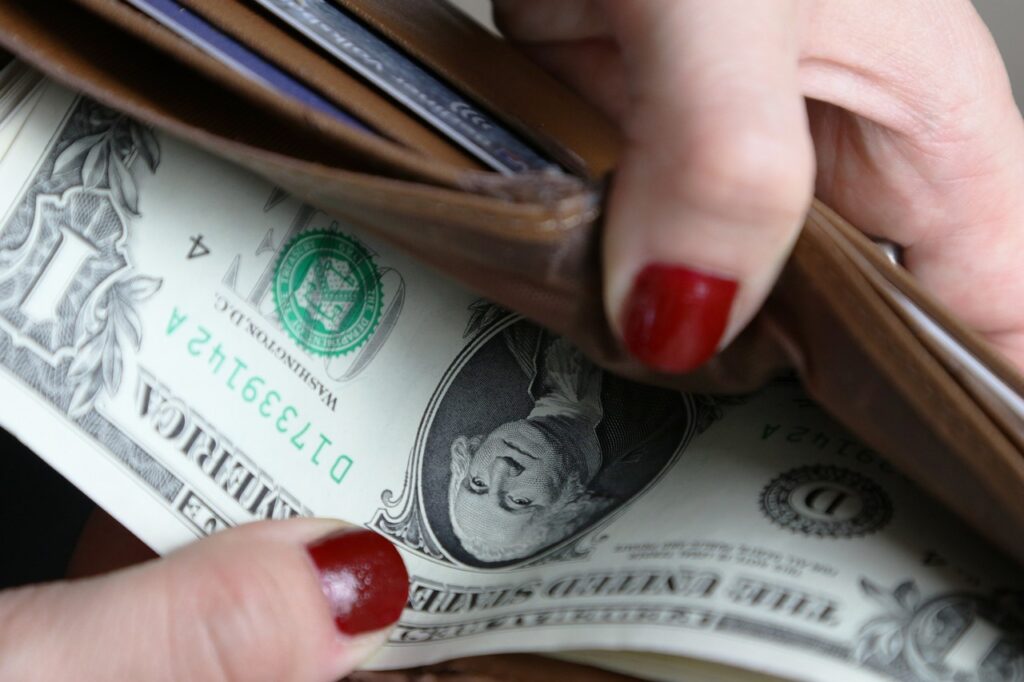
The upfront costs of establishing a bioactive enclosure typically exceed those of a traditional setup, sometimes by a significant margin. A proper drainage layer of lightweight expanded clay pellets (LECA) or similar material can cost $15-30 depending on the enclosure size, while specialized bioactive substrates might run $30-60 for a medium-sized vivarium. Live plants represent another substantial expense, with suitable vivarium-safe species ranging from $5-25 each, and most setups requiring multiple specimens for proper coverage and aesthetics. The cleanup crew—consisting of springtails, isopods, and sometimes other detritivores—adds another $20-40 to the initial investment. Additional components like cork bark, branches, leaf litter, and specialized lighting for plant growth can easily add another $50-150 to the total. All told, converting even a modest enclosure to a bioactive setup typically costs between $150-300 beyond the base enclosure price, with larger or more elaborate systems potentially exceeding $500 in additional materials. This represents a significant upfront investment compared to the relatively inexpensive bedding options used in traditional setups.
Long-Term Maintenance: Myth vs. Reality
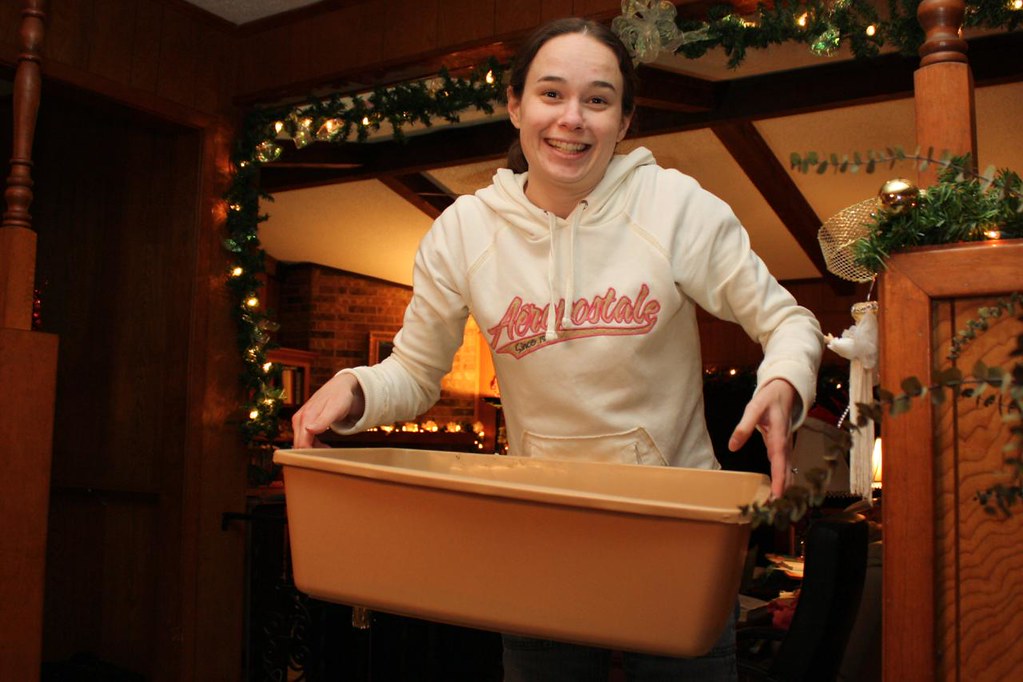
Contrary to popular belief, bioactive enclosures are not entirely maintenance-free, though they do significantly reduce certain aspects of reptile husbandry. Daily spot cleaning remains necessary, especially for larger reptiles whose waste output may overwhelm the system if left unchecked. Plant care becomes an additional responsibility, including occasional pruning, removal of dead leaves, and monitoring for signs of disease or nutrient deficiencies. Water features, if present, require regular maintenance to prevent stagnation and bacterial overgrowth. The cleanup crew populations must be monitored, with occasional supplemental feeding necessary during periods when natural waste production is insufficient to sustain them. However, the substantial benefit comes in the form of dramatically reduced substrate changes—what might require weekly or monthly complete substrate replacement in a traditional setup can often go 6-12 months or longer in a well-established bioactive system before requiring any significant intervention. The time investment shifts from frequent complete cleanings to more regular but less intensive maintenance of the living components, representing a different rather than necessarily reduced time commitment.
Health Benefits for Reptiles
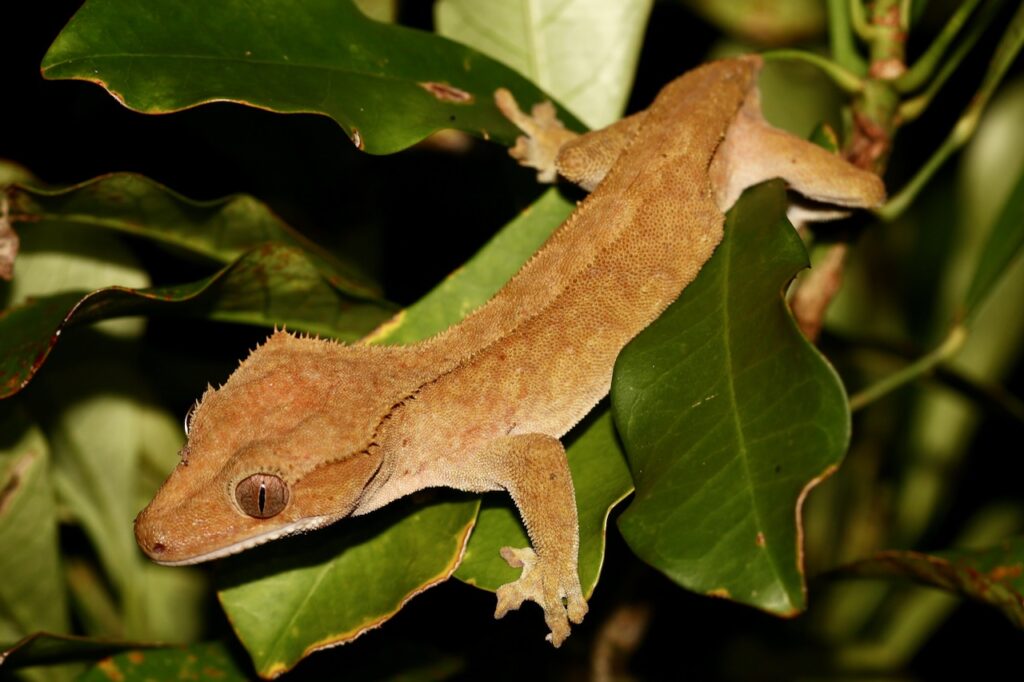
Bioactive enclosures offer several potential health advantages for reptile inhabitants when properly maintained. The diverse microbial community establishes a probiotic environment that can help reptiles develop more robust immune systems, similar to how exposure to diverse microorganisms benefits humans. Proper humidity regulation occurs more naturally in bioactive setups, as the living soil and plants create a moisture gradient that helps prevent respiratory issues and shedding problems common in reptiles kept in environments with inadequate or inconsistent humidity levels. The natural foraging opportunities presented by a bioactive enclosure encourage exercise and natural behaviors, potentially reducing stress and the associated health problems that can develop in captive reptiles. Additionally, the elimination of repeated exposure to harsh cleaning chemicals typically used in traditional enclosures removes a potential source of respiratory irritation. Research has suggested that reptiles in naturalistic bioactive environments often display more species-typical behaviors and fewer signs of stress than those kept in more sterile, minimalist habitats, though individual results vary by species and the quality of the bioactive implementation.
Species Suitability: Which Reptiles Thrive in Bioactive Settings?
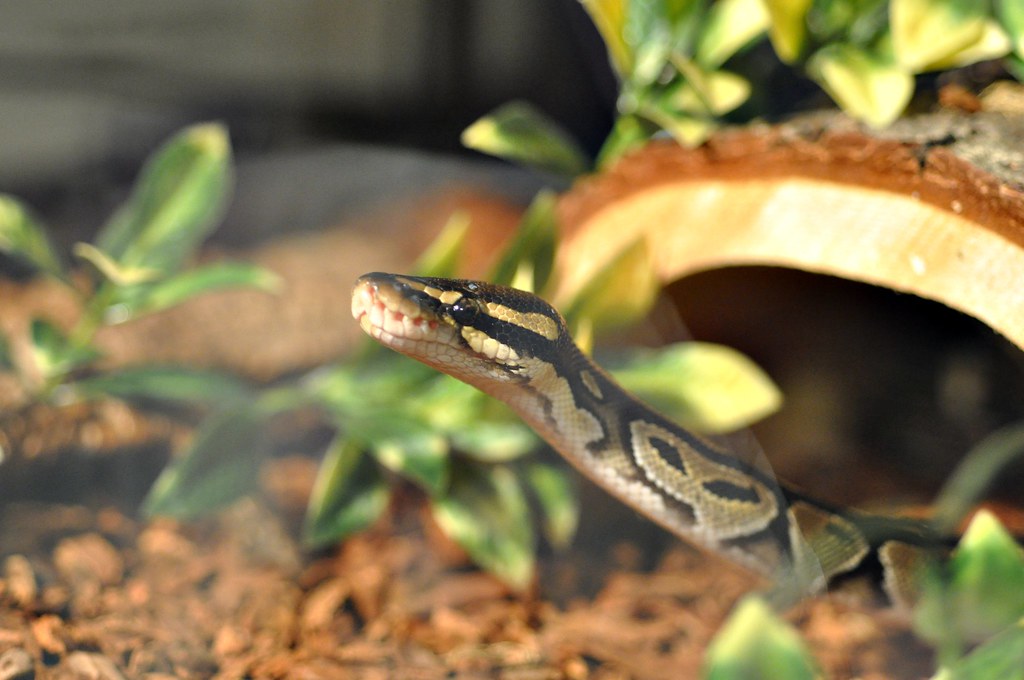
Not all reptile species are equally suited to bioactive enclosures, with humidity requirements and natural behaviors being key determining factors. Tropical and subtropical species like crested geckos, day geckos, gargoyle geckos, and many tree frogs thrive in bioactive setups, as their natural environments closely match the humid, planted conditions these systems provide. Forest-dwelling snake species such as ball pythons, children’s pythons, and many colubrid species can also adapt well to bioactive environments, particularly those from regions with moderate to high humidity. Conversely, desert-dwelling species like bearded dragons and leopard geckos present significant challenges in bioactive setups, as their low humidity requirements conflict with the moisture needed to sustain most cleanup crews and plants. Large or particularly destructive species such as monitors, tegus, and larger iguanas may damage plants and disrupt the substrate too extensively for the bioactive processes to function effectively. The reptile’s feeding habits also matter—insectivores may consume cleanup crew members, while herbivores might damage or consume essential plants, requiring careful species selection and design considerations to maintain system balance.
Environmental Impact and Sustainability
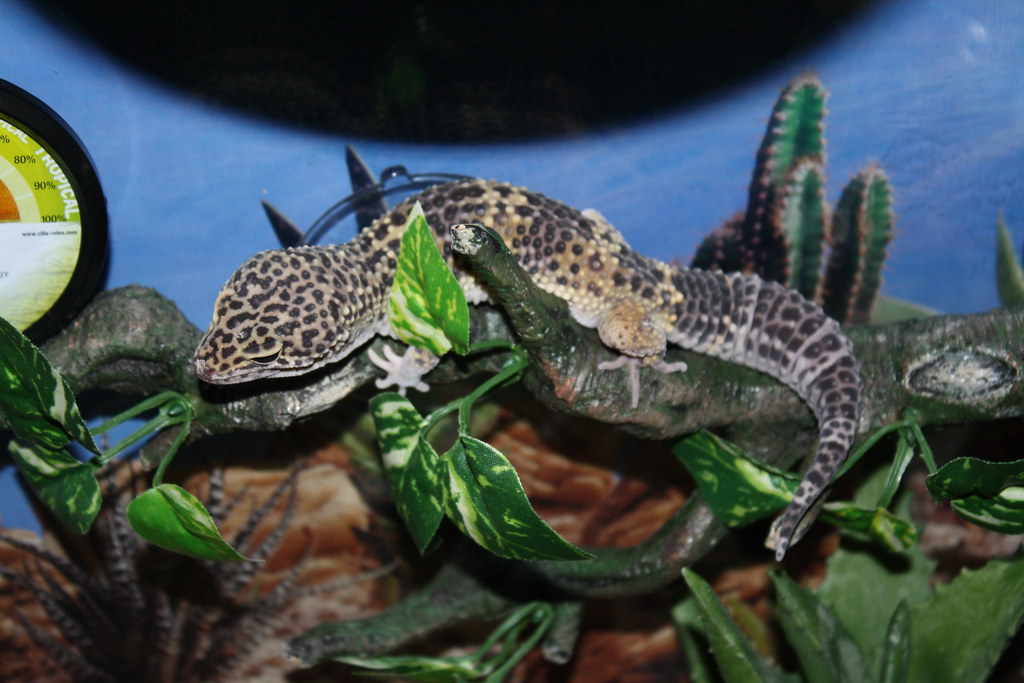
Bioactive enclosures represent a more environmentally sustainable approach to reptile keeping in several key aspects. Traditional reptile beddings like paper towels, reptile carpets, and disposable substrates generate significant waste over the lifetime of a pet, whereas bioactive systems dramatically reduce this ongoing waste stream by utilizing biodegradable materials that remain in use for extended periods. The incorporation of living plants contributes positively to indoor air quality, absorbing carbon dioxide and releasing oxygen in the process. Many components of bioactive systems can be sourced sustainably or even created through home composting and plant propagation, reducing the carbon footprint associated with manufactured reptile products. There’s also an educational aspect to sustainability—keepers maintaining bioactive enclosures often develop greater appreciation for natural cycles and ecosystem functions, potentially influencing broader environmental awareness and conservation attitudes. The primary environmental drawback lies in the energy consumption of additional lighting often required for plant growth, though advances in efficient LED technology have somewhat mitigated this concern.
Aesthetic Value and Educational Benefits
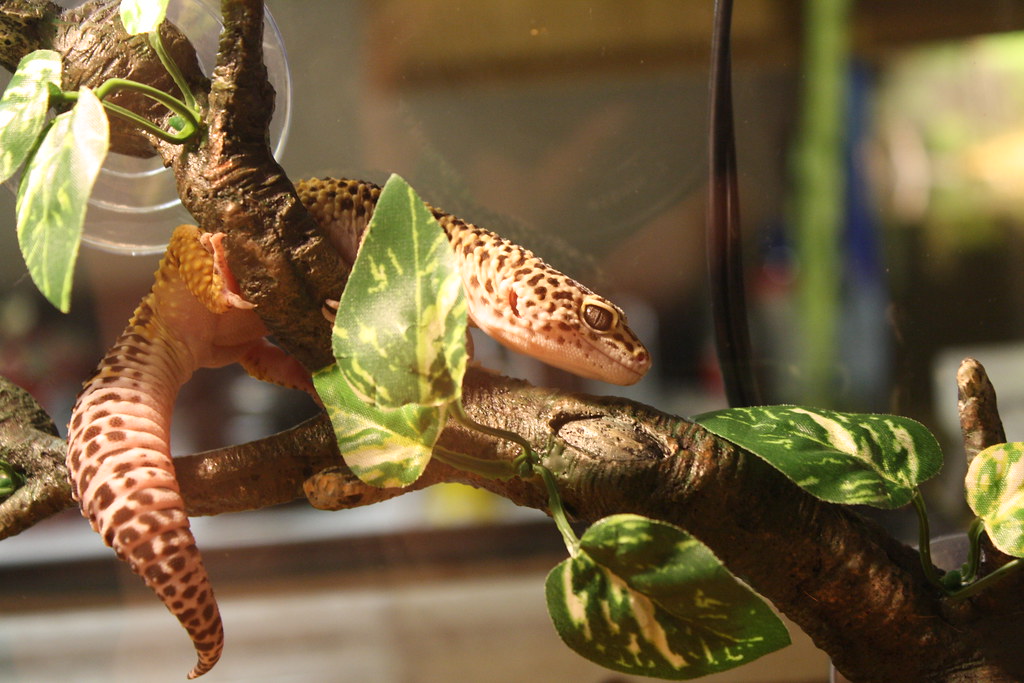
Beyond their functional aspects, bioactive enclosures offer substantial aesthetic and educational benefits that many reptile keepers find deeply rewarding. These naturalistic habitats transform utilitarian animal housing into living works of art that can serve as striking focal points in a home, mimicking slices of tropical rainforest, temperate woodland, or other natural environments. The visual appeal extends beyond mere decoration, creating opportunities to discuss ecology, biology, and natural history with visitors, family members, and particularly children, who can observe firsthand how different organisms interact within a functioning ecosystem. Maintaining a bioactive enclosure provides hands-on experience with concepts like decomposition, nutrient cycling, plant growth, and the interdependence of different species—lessons that textbooks alone cannot fully convey. Many reptile keepers report that the process of designing, establishing, and maintaining bioactive enclosures becomes a rewarding hobby in itself, extending beyond simple pet care into aspects of terrarium gardening, microfauna cultivation, and miniature landscape design that provide ongoing intellectual and creative stimulation.
Potential Drawbacks and Concerns
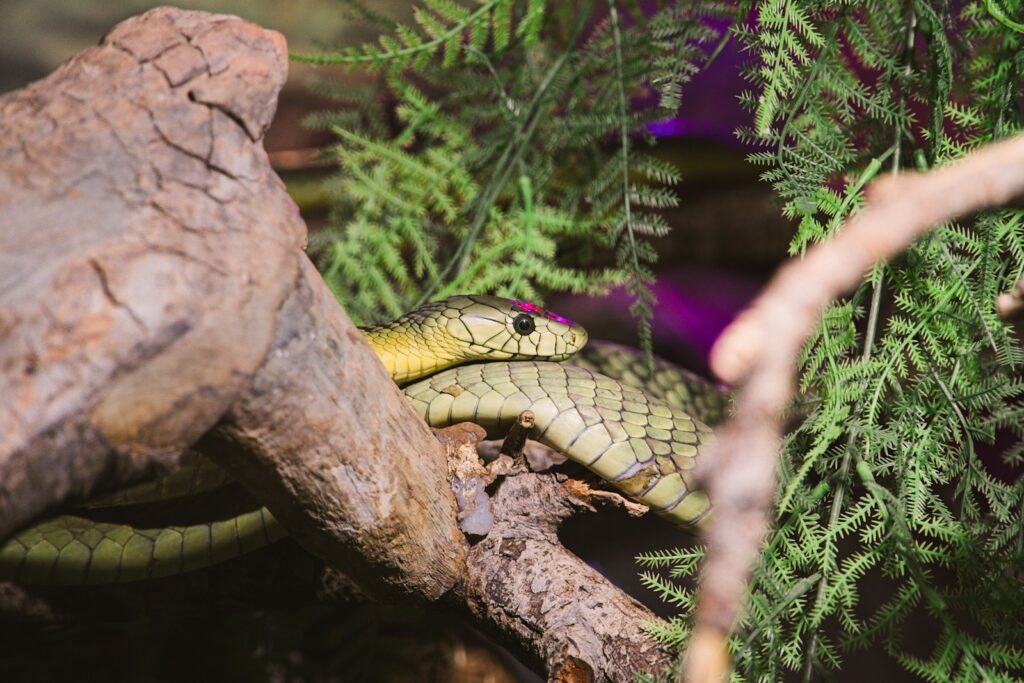
Despite their benefits, bioactive enclosures present several challenges that potential adopters should carefully consider. Pest outbreaks represent a common issue, with fungus gnats, mold, and unwanted mite species occasionally proliferating despite the presence of cleanup crews. Monitoring for parasites becomes more complex in bioactive systems, as the natural substrate can harbor organisms that might be pathogenic to reptiles, requiring more diligent observation of animal health and possibly more frequent veterinary testing. The inability to completely sanitize the enclosure without dismantling the bioactive elements presents a challenge when dealing with potential illness or parasitic infections. Escape of cleanup crew species can occur, which may be concerning for those with household members sensitive to arthropods, though most common vivarium invertebrates cannot survive in typical home environments. Temperature and humidity balancing becomes more nuanced, as requirements for plants, cleanup crews, and reptiles must all be accommodated within the same system. These potential issues don’t necessarily outweigh the benefits of bioactive systems, but they require keepers to develop more advanced husbandry skills and greater observational awareness than might be needed with simpler setups.
DIY vs. Pre-made Bioactive Kits
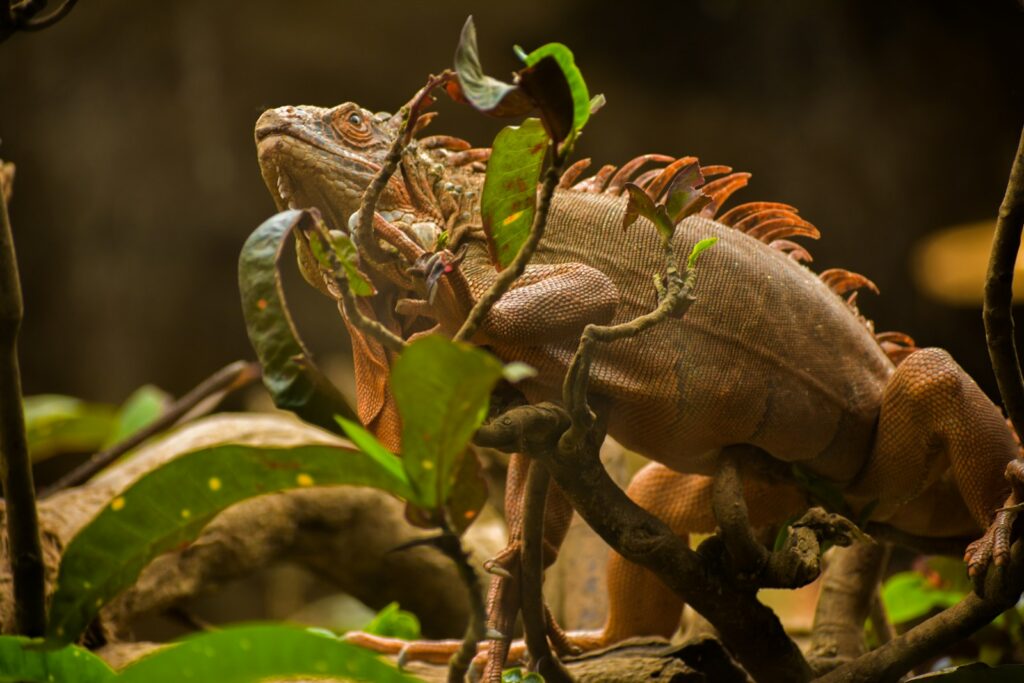
The market now offers numerous pre-packaged bioactive kits alongside the traditional DIY approach, each with distinct advantages and limitations. DIY bioactive setups allow for complete customization of every component, from drainage layer materials to specific plant selections and cleanup crew species, often resulting in systems better tailored to particular reptile species’ needs. The DIY approach typically costs significantly less than pre-made kits, particularly for keepers willing to source materials from garden centers, landscape suppliers, and online specialty retailers rather than exclusively from pet stores. However, this approach requires substantial research and planning to ensure all components are safe for reptiles and compatible with each other. Pre-made bioactive kits offer convenience and reduce the research burden, containing substrate mixes, drainage materials, and often starter cultures of cleanup crew organisms specifically selected to work together. These kits typically include detailed instructions but come at a premium price—often 40-100% more expensive than comparable DIY materials. For beginners, the pre-made route offers valuable guidance and reduces the risk of costly mistakes, while experienced keepers generally prefer the customization and cost savings of the DIY approach.
Setting Realistic Expectations

Success with bioactive enclosures requires establishing realistic expectations about both their benefits and limitations from the outset. The most common disappointment stems from the mistaken belief that bioactive setups eliminate all maintenance, when in reality they transform rather than remove the keeper’s responsibilities. The establishment phase requires particular patience—a new bioactive enclosure typically takes 4-8 weeks to properly “cycle” as beneficial microorganisms colonize the substrate, plants establish root systems, and cleanup crews reproduce to sustainable levels. During this period, the system is fragile and may experience issues like mold blooms or plant dieback that resolve naturally as the ecosystem stabilizes. Visual expectations also require adjustment, as the carefully manicured, Instagram-worthy vivaria featured in photos typically represent mature systems that have been meticulously maintained, rather than the average home setup. Waste processing capacity has limits—larger reptiles or multiple animals may produce more waste than the system can handle without supplemental cleaning. Understanding these realities helps prevent the frustration that leads some keepers to abandon bioactive approaches prematurely, before their systems reach the stable, lower-maintenance phase that represents their true value.
Success Stories and Testimonials

Experienced reptile keepers who have successfully maintained bioactive enclosures report numerous benefits that justify the initial investment. Brian Morris, a leopard gecko breeder from Colorado, transitioned to partially bioactive enclosures three years ago and notes: “My animals display more natural behaviors, especially hunting and exploring, and I’ve seen a noticeable reduction in stress-related issues like appetite fluctuations.” Sarah Chen, who maintains bioactive vivariums for dart frogs and crested geckos, emphasizes the maintenance benefits: “What used to be weekly complete cleanings has become occasional spot cleaning and plant trimming—I spend more time enjoying my animals and less time scrubbing enclosures.” Professional herpetologist Dr. Jasmine Rodriguez points to unexpected benefits: “The bioactive approach has transformed how I think about captive environments entirely—we’re seeing evidence that more naturalistic setups with appropriate microbial diversity may strengthen immune response in some species.” Even keepers of traditionally “difficult” bioactive subjects report success with modified approaches, like James Wilson, who maintains a semi-bioactive setup for his bearded dragon: “By creating a moisture gradient with a partially planted area, I’ve given him a more enriching environment while still meeting his arid requirements.”
Scientific Research on Bioactive Benefits

The scientific community has begun documenting the benefits of bioactive systems, though research specifically addressing reptile bioactive enclosures remains limited. A 2018 study published in the Journal of Herpetological Medicine found that reptiles housed in naturalistic environments with living plants and bioactive substrates showed significantly lower baseline cortisol levels (a stress hormone) compared to those in minimalist enclosures with artificial decorations and disposable substrates. Research from the field of microbiology increasingly suggests that exposure to diverse environmental microorganisms benefits immune system development across various animal species, a principle that likely extends to reptiles in bioactive systems. A 2020 behavioral study documented increased activity levels, more diverse behavioral repertoires, and fewer stereotypic behaviors (repetitive movements indicating stress) in crested geckos housed in bioactive versus traditional enclosures over a six-month period. While not specific to bioactive setups, broader research on environmental enrichment consistently demonstrates that naturalistic enclosures promoting species-typical behaviors improve physical health indicators and psychological well-being in captive reptiles. As the popularity of bioactive husbandry increases, researchers have called for more comprehensive studies specifically addressing long-term health outcomes, optimal design parameters, and species-specific responses to these living systems.
Making the Decision: Is Bioactive Right for You?
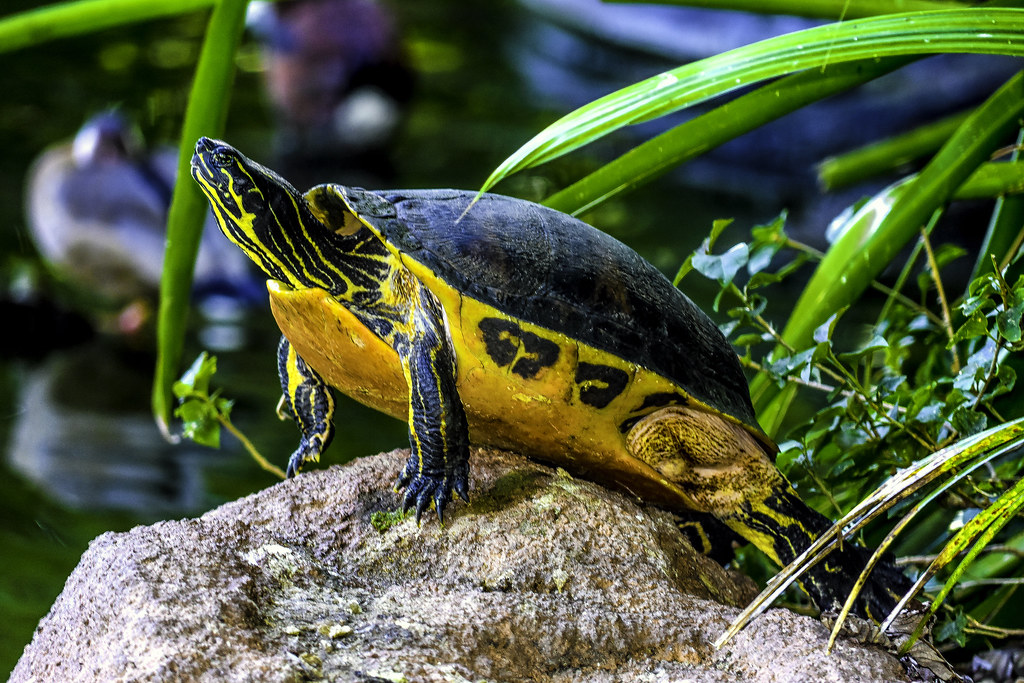
Determining whether a bioactive enclosure represents a worthwhile investment requires honest assessment of several personal factors beyond the needs of the reptile itself. Your available time commitment should be a primary consideration—while bioactive systems reduce certain maintenance tasks, they require consistent monitoring and different forms of care, particularly during the establishment phase. Financial flexibility matters significantly, as the higher initial investment might strain limited budgets, even though long-term costs may eventually balance out. Available space plays a role as well, since bioactive setups generally require larger enclosures to accommodate the additional elements and establish stable microclimates. Your experience level and willingness to learn new skills should factor into the decision, as bioactive husbandry involves understanding principles of plant care, soil biology, and ecosystem balance that traditional reptile keeping does not typically require. Perhaps most importantly, your objectives in reptile keeping should align with what bioactive systems offer—keepers who primarily value naturalistic aesthetics, environmental enrichment, and holistic approaches to animal welfare typically find the investment most rewarding, while those focused on simplicity, minimalism, or breeding operations may find traditional methods better suited to their goals.
Conclusion: Balancing Investment and Returns

When evaluating whether bioactive reptile enclosures justify their investment, the answer emerges not as a universal yes or no, but as a nuanced assessment based on individual circumstances, reptile species, and keeper priorities. For many enthusiasts, the initial financial outlay and learning curve ultimately prove worthwhile, delivering tangible benefits in animal welfare, reduced ongoing maintenance, environmental sustainability, and aesthetic satisfaction. The bioactive approach represents more than a trendy husbandry method—it reflects a philosophical shift toward creating more holistic captive environments that address physical, behavioral, and psychological needs of reptile species. However, this approach isn’t necessarily superior for all situations or all keepers. Traditional husbandry methods remain valid and appropriate options, particularly for desert species, temporary housing, or situations where budget constraints, space limitations, or specific breeding objectives make bioactive systems impractical. The most successful reptile keepers typically approach the decision pragmatically, selecting husbandry methods based on the specific needs of their animals rather than dogmatic adherence to any single approach. As with most significant investments in the reptile hobby, the value of bioactive enclosures ultimately lies not in their cost or complexity, but in how well they serve the well-being of





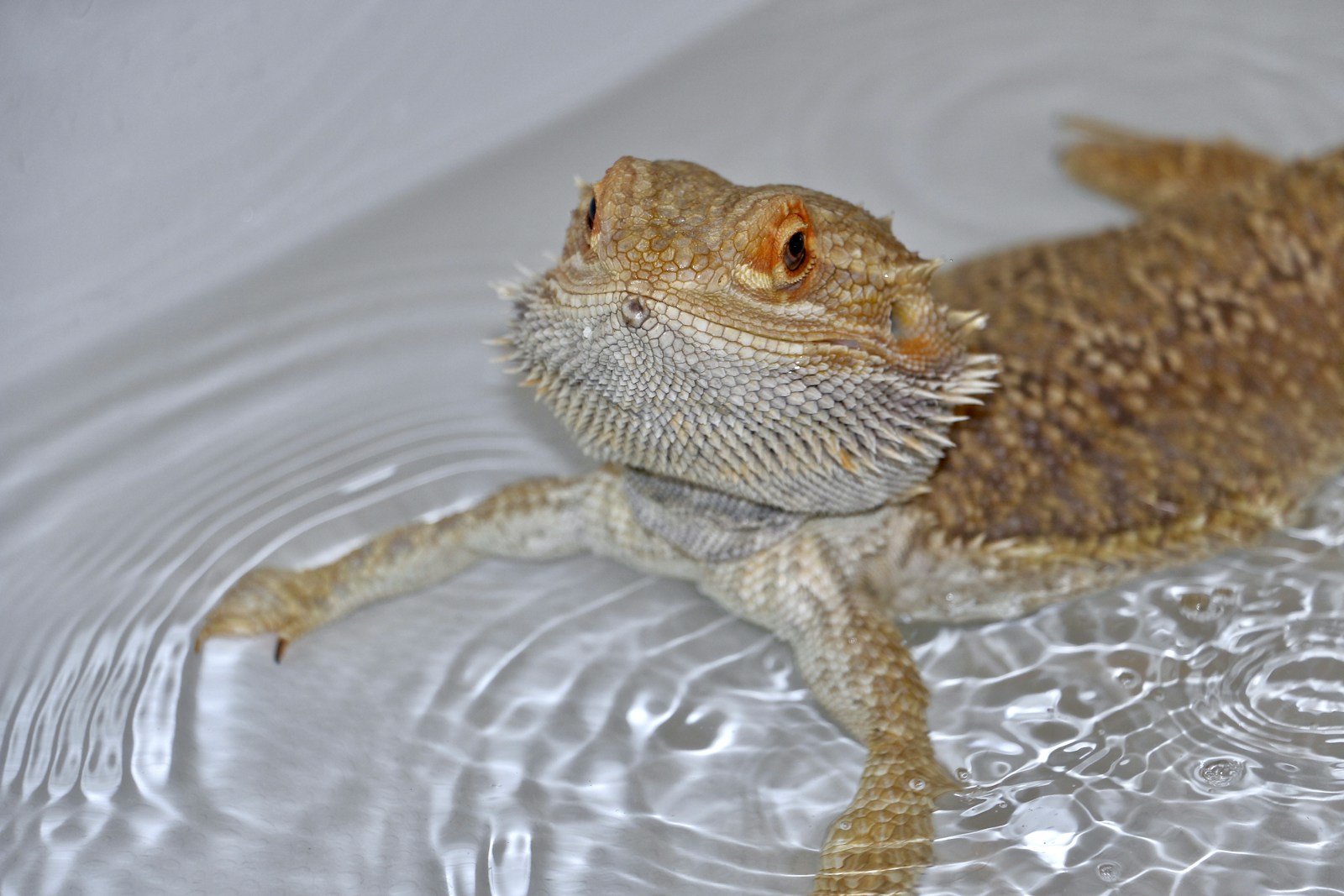
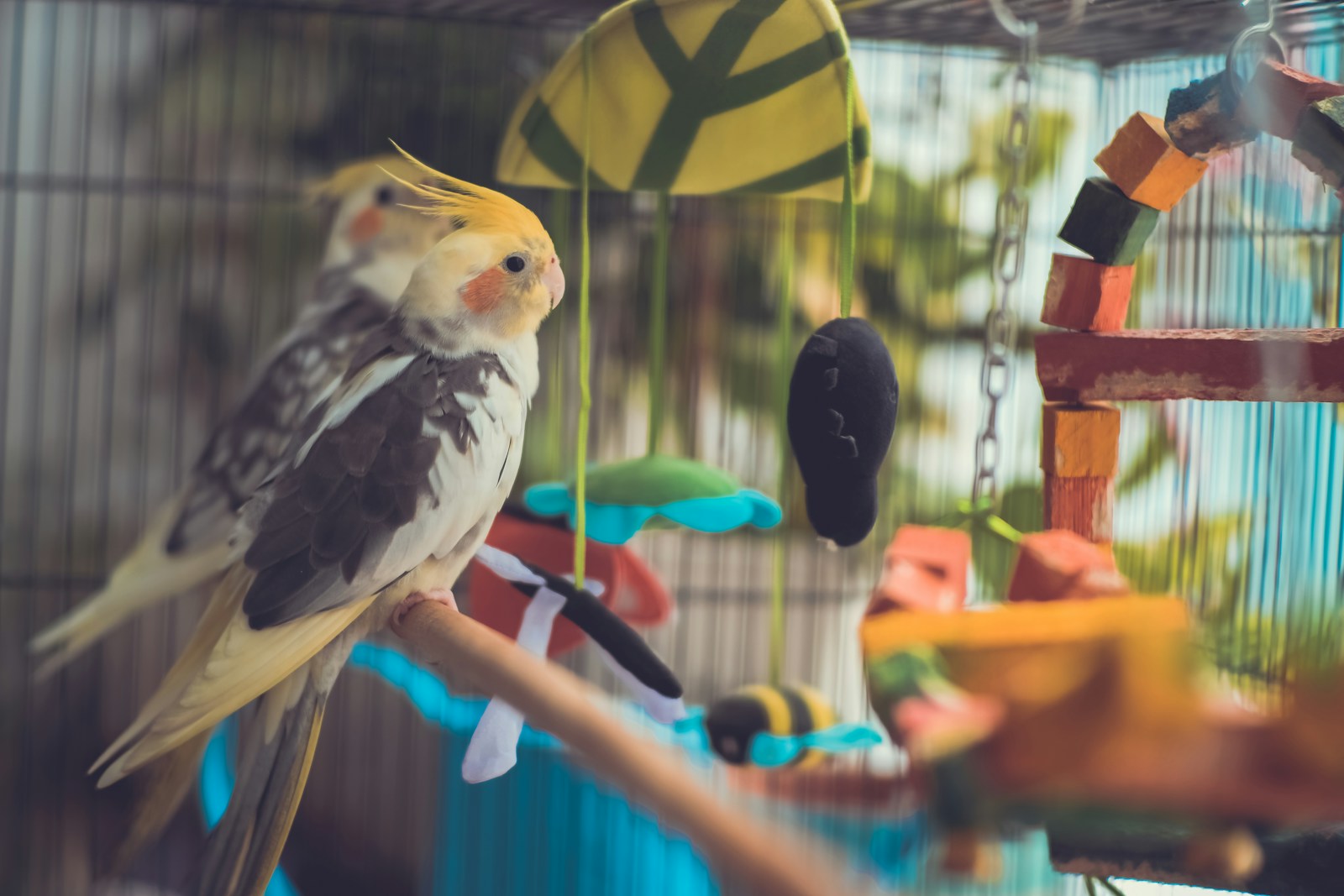



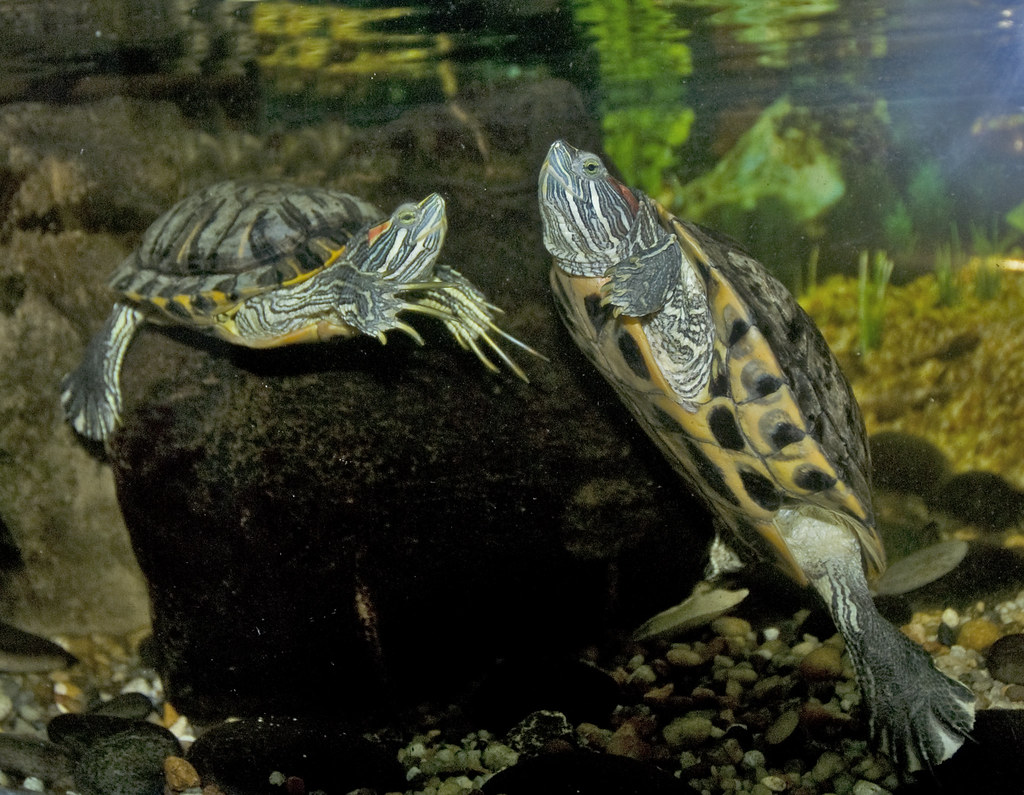




Leave a Reply